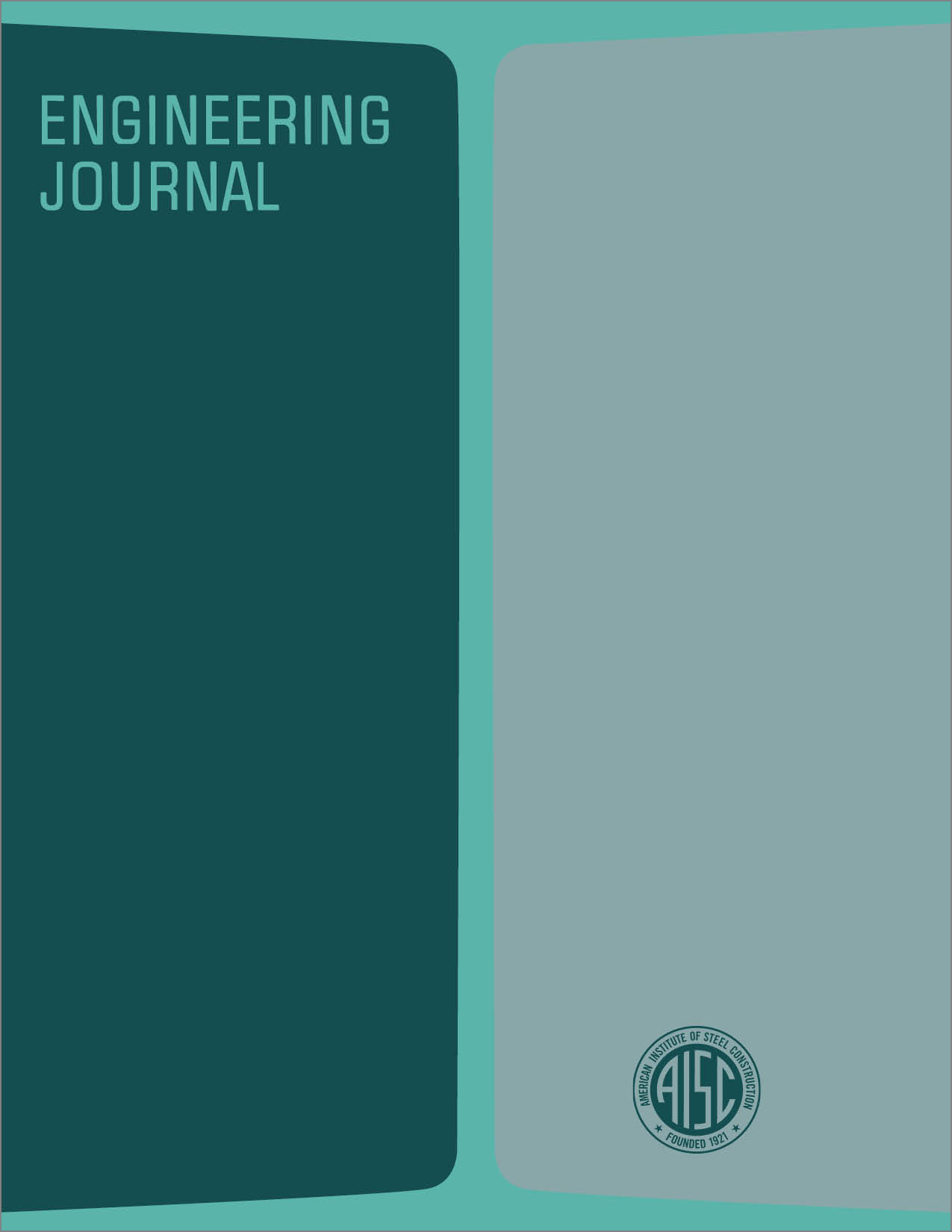Conceptual Design of Double Steel Containment Vessels
DOI:
https://doi.org/10.62913/engj.v4i2.69Abstract
In conjunction with nuclear plants, huge containment vessels for the enclosure of the pressure circuit, embracing reactor and heat exchangers, have already found acceptance. Inside of the containment vessel, surrounding the primary coolant loops, is a primary shielding wall which is a principal barrier against missiles resulting from internal explosion, affords protection to the vessel itself, and tends to protect the vessel from radiation damage, activation, and nuclear heating. Under normal operation the temperature of the containment is generally accepted as 150°F or less and is subject to only minor thermal stress effects; however, under maximum credible accident, or MCA, the temperature may rise to 300°F or more, depending upon engineered safeguards, free volume, and heat sinks provided in the vessel. Therefore, the vessel sustains a small thermal stress at normal operation but must withstand significant thermal deformation and interior pressure under MCA conditions. At the present time reinforced concrete and prestressed concrete vessels are generally designed for this type of containment, whereas a single steel vessel is considered economically unfeasible because of the large thickness of plate required.

